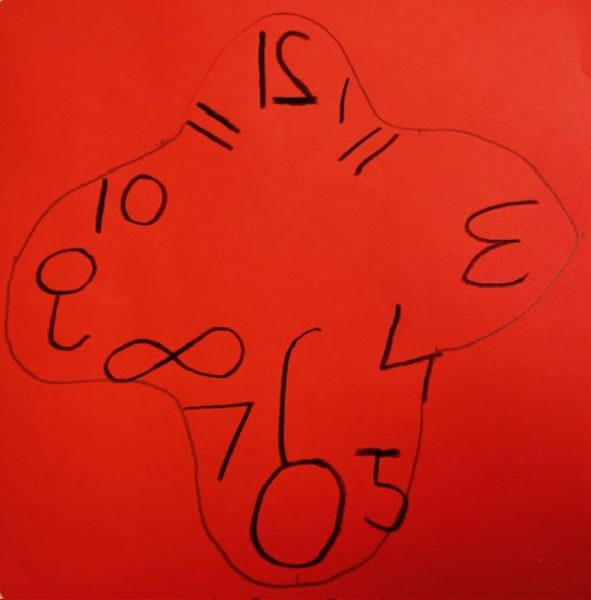The Petit Palais in Paris was built together with the Grand Palais for the World Exhibition in 1900. The great architecture of both buildings is complemented by great interiors. The Petit Palais has also been the home of donations to, as well as commissions by, the city of Paris since 1870. This means that a sizable collection of sculptures and paintings has accumulated since then. In spring 2025 the visit of these collections is free of charge and gives honor to the donors and artists exhibited. Over time the collections spread more than 2500 years of art history similar to the exhibition at the BNF gallery Mansard. In the 21st century the exhibition of a piece of art, which stems from the North of Syria reminds us that art is a treasure that can last even if the civilization has been lost or at interrupted for many centuries. This is an important aspect of taking a long term perspective on international politics and history. The breadth of the collection allows a stroll through art history in a splendid setting. Romanticism and impressionism receive a little bit of attention, but the architecture of the Petit Palais invites you to delve into lesser known territory. This, probably is the specific merit of the joint presentation of otherwise necessarily eclectic collections of donors across centuries.
(Image: Anse de chaudron Syrie du Nord 700 years before our time, Petit Palais Paris). 



 It is the merit of Marie-Luise Conen and Zdravko Kucinar to let Milian Schömann live on in our time through the reprinting of some of his work, which is embedded in a well-written historical account of the political and family setting at that time. The professional psychological training of Marie-Luise Conen helps to reproduce the anxious atmosphere Milian Schömann has lived through, albeit he remained a productive writer despite the economic hardship and living in exile.
It is the merit of Marie-Luise Conen and Zdravko Kucinar to let Milian Schömann live on in our time through the reprinting of some of his work, which is embedded in a well-written historical account of the political and family setting at that time. The professional psychological training of Marie-Luise Conen helps to reproduce the anxious atmosphere Milian Schömann has lived through, albeit he remained a productive writer despite the economic hardship and living in exile.



























